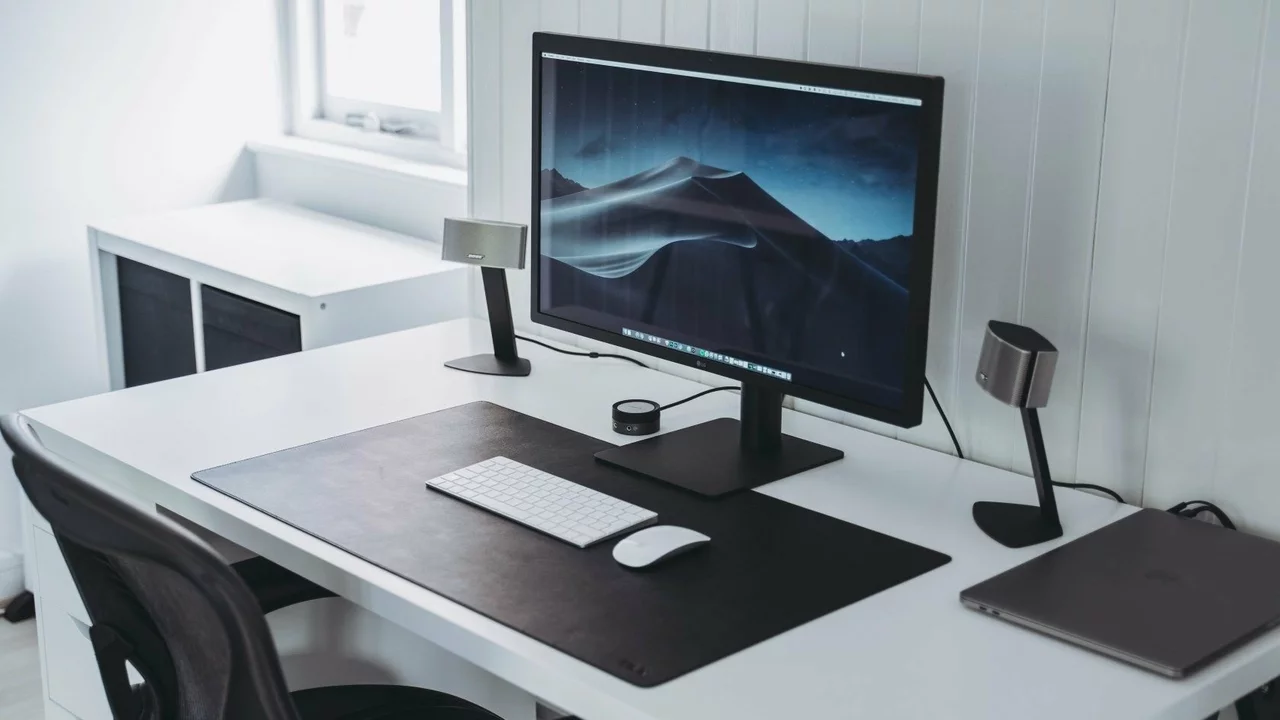Why a 98‑inch PC Desk Might Be Your Next Upgrade
If you love gaming, video editing, or just need space for multiple monitors, a 98‑inch PC desk gives you room to breathe. It’s big enough for a triple‑monitor rig, a keyboard, a mouse, and even a drawing tablet without feeling cramped. The extra surface area can also double as a standing‑desk work zone, letting you switch between sitting and standing throughout the day.
Most people think a desk that large will dominate the room, but the right shape can actually free up space. An L‑shaped 98‑inch model fits neatly into corners, turning an awkward spot into a functional hub. You’ll end up with separate zones – one for gaming, another for paperwork – and you won’t have to constantly shuffle stuff around.
Key Features to Look For
Size and shape. Measure your room first. A straight 98‑inch desk needs at least 8‑9 feet of wall space, while an L‑shaped version needs a corner with at least 5 feet on each side. Make sure there’s clearance for a chair and for moving around.
Weight capacity. Heavy monitors, speakers, and a PC tower can add up quickly. Look for a desk that can hold at least 150 kg (330 lb). Steel frames or reinforced wood are good signs of sturdiness.
Ergonomics. A desk that tallens to around 30 inches works for most people, but check if it’s adjustable. An adjustable height lets you switch to standing mode without buying a separate sit‑stand converter.
Cable management. Big desks often have built‑in grommets, trays, or cable holes. Use these to keep power cords and HDMI cables out of sight – it looks cleaner and makes cleaning easier.
Setting Up Your 98‑inch Desk Efficiently
Start by placing the desk where natural light hits the screen without causing glare. Put your main monitor in the center of the longest side, then flank it with side monitors if you have them. Keep the keyboard and mouse within comfortable reach – about an arm’s length away.
Use a monitor arm to free up surface space. With an arm, you can tilt and swivel screens, and the desk stays clear for other gear. If you’re into streaming or content creation, mount a lamp or ring light on the desk’s edge or underneath a shelf.
For cable routing, bundle cords with zip ties or Velcro straps and run them through the desk’s grommets. Attach a small power strip underneath the desk to keep plugs organized and hidden.
Finally, add a few personal touches. A small plant, a mug holder, or a desk pad can make the huge surface feel welcoming instead of sterile. Remember, the goal is to create zones that match how you work or play – not just fill space.Whether you’re building a gaming cave, a home office, or a creative studio, a 98‑inch PC desk offers the flexibility you need. Choose a sturdy frame, plan your layout, and keep cables tidy. You’ll get a workspace that looks good and works even better.

- Jul, 17 2023
- Comments 0